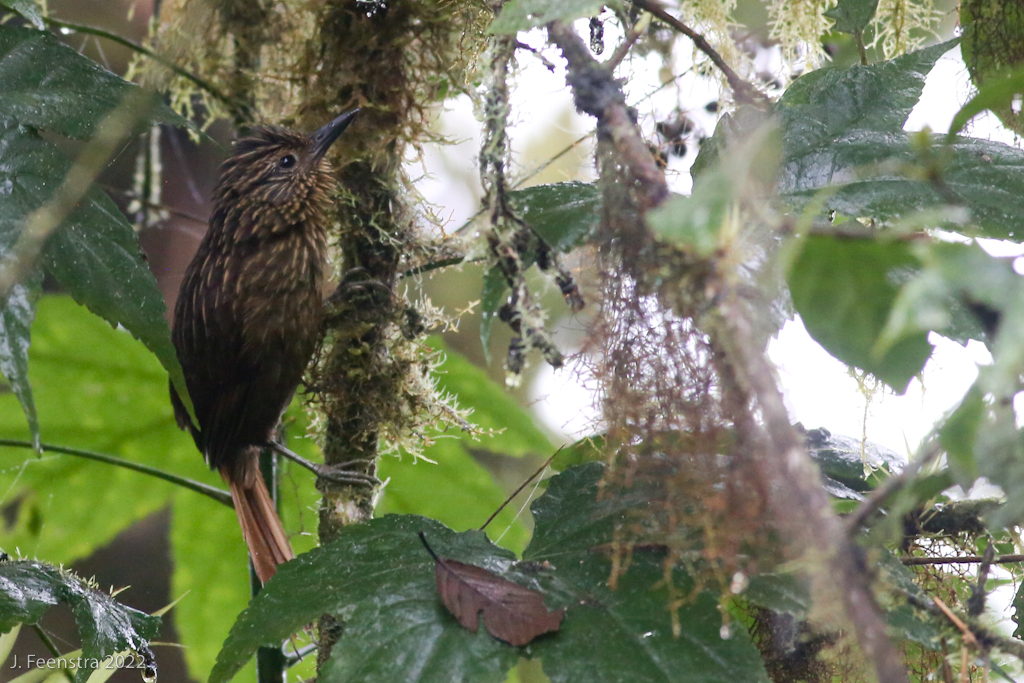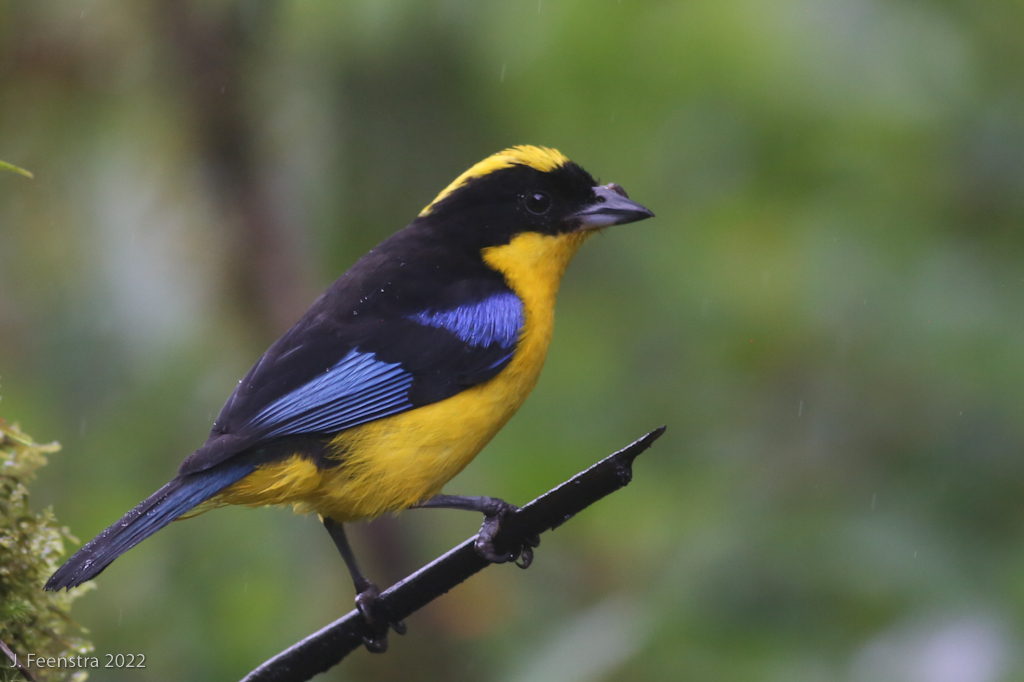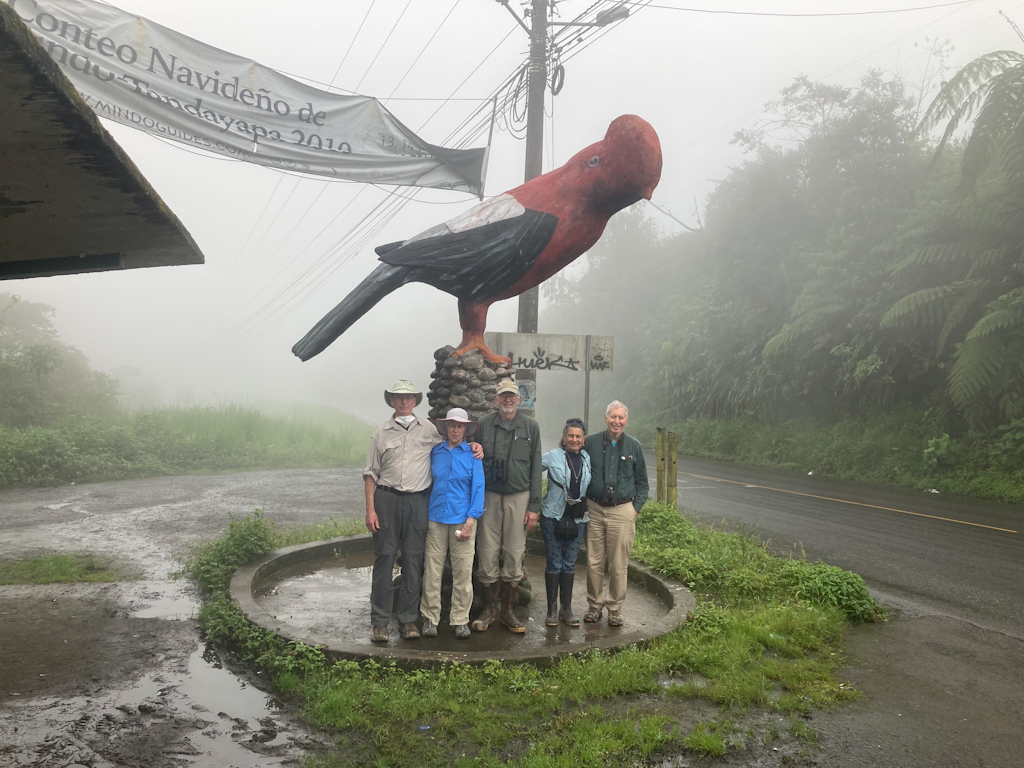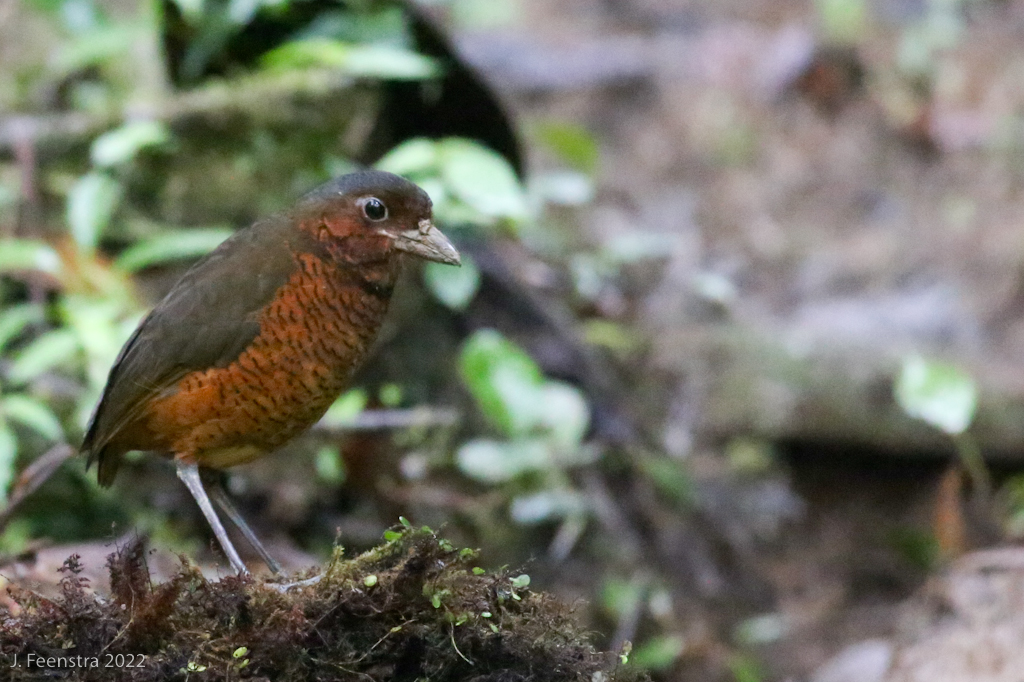
WINGS Tour: Mindo and Northwest Andes
January 31 - February 7, 2022
The Gang: Donna, Owen, Dave, Mary Jane, Stephen, Jon (bird guy), Edwin (el chofer)
If one were to list the bright centers of birding in the world, it wouldn’t take long to get to Ecuador, and within Ecuador there isn’t a place more centrally located to great birding than Mindo. Great lodges, restaurants, and roads are seemingly designed to get birders into a variety of habitats and elevations and the myriad avian residents therein. We spent the week at a single lodge and from there saw some of northwestern Ecuador’s most iconic species like Giant Antpitta, Sword-billed Hummingbird, Velvet-purple Coronet, Glistening-green Tanager, Andean Cock-of-the-rock, Guayaquil Woodpecker, and Toucan Barbet. We were also never without being full of a great meal and when the weather got wet we were always close to some cozy place with a roof, hot drinks, and a bank of bird feeders. It’s a place that’s hard to beat.
The first morning of birding on this tour always seems to take ones breath away, both figuratively with all the new birds, and literally since we’re doing it at about 3500 meters of elevation in the stunted cloud forest just below treeline. It was pretty wet, foggy, and occasionally raining, but that’s not unusual, so we did what we could and it was pretty great. Out first stop on the way up kicked it off with some Black-crested Warblers, Spectacled Redstarts, and a couple of Streak-throated Bush-Tyrants, a big, colorful member of the otherwise mostly small and dull flycatcher family. Once at our destination of Reserva Yanacocha, the bird feeders were the place to be. Andean Guans plowed through bananas as Sword-billed Hummingbirds and Shining Sunbeams zipped about.
The cold, wet morning was perfectly ended with a hot lunch of fried local trout with soup and warm herbal tea. We descended from there after lunch, but with it still raining, we picked our best option and stopped at one of the Mindo-area’s many bird-friendly establishments; in Mindo nobody has a restaurant to feed people unless they also have out hummingbird feeders and piles of bananas for the feathered things. We stayed dry under the porch as little Booted Racket-tails zipped about. Red-headed Barbets, Crimson-rumped Toucanets, and a half dozen tanager species ate bananas while we caffeinated. We ended the day checking in to our lodge in the forest and our home base for the next week.

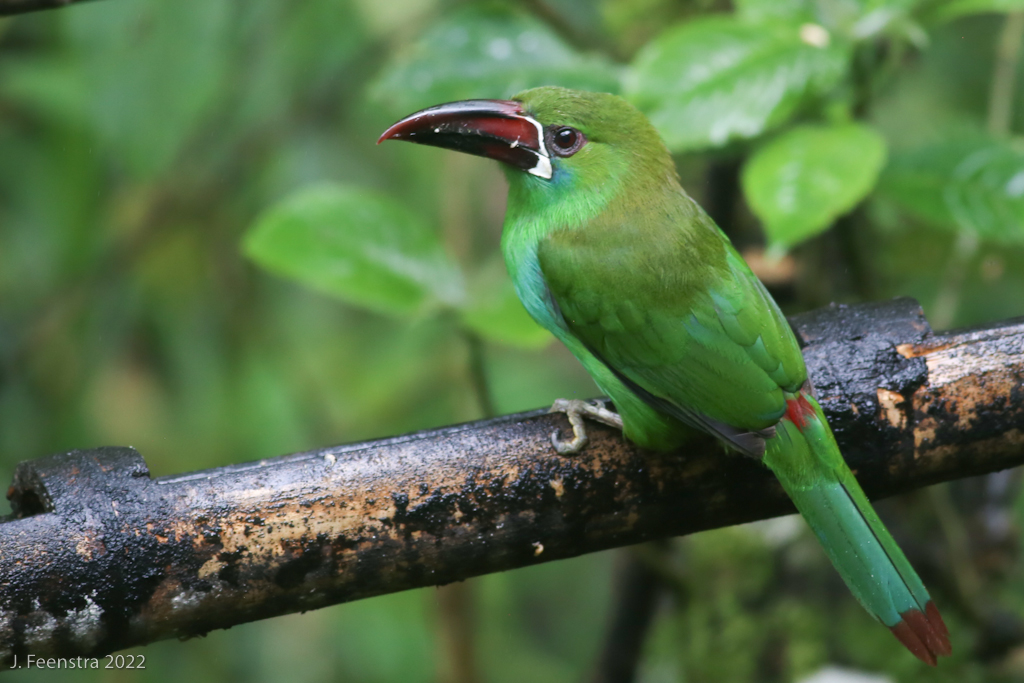
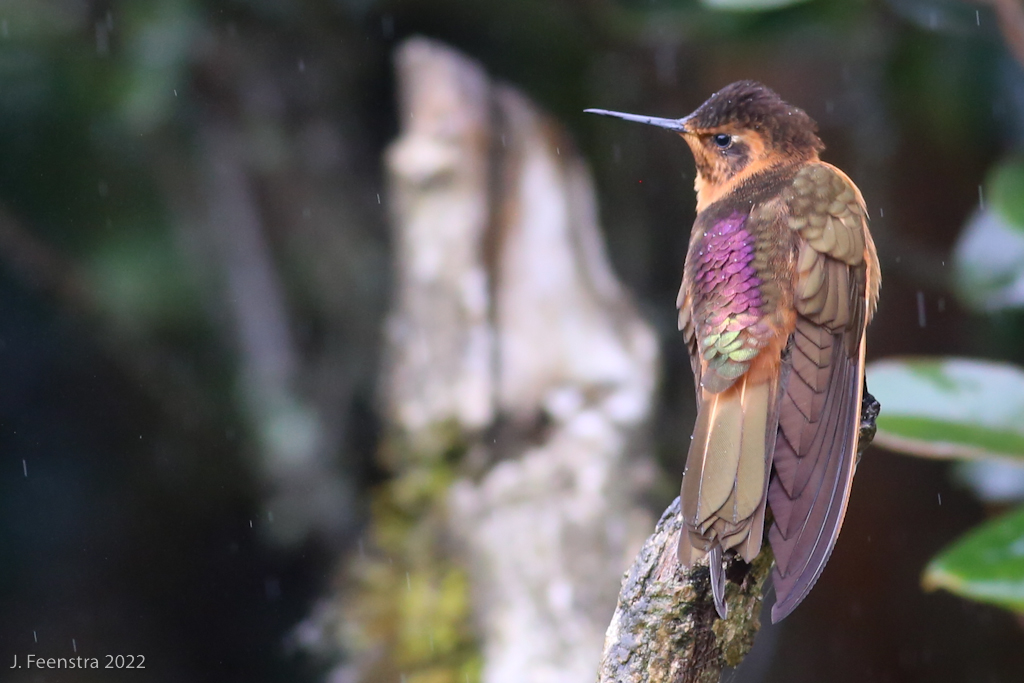
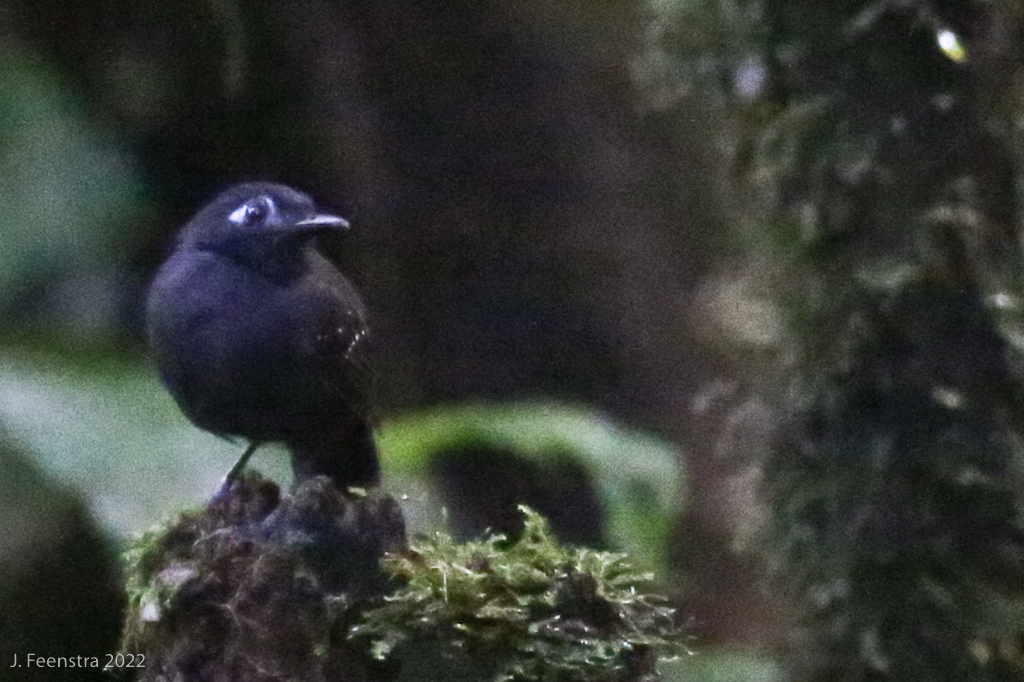
Sometimes it feels too easy, but no complaints: moths go to a light, birds go to the moths, and birders go to birds. A light left on out in the forest overnight is a strategic spot to see some sneaky forest birds that would otherwise require a lot of work to find. The next morning we took advantage of such a light and got extended looks at Zeledon’s and Chestnut-backed Antbirds, a Scaly-throated Leaftosser, Orange-billed Sparrows, Buff-rumped Warblers, and other similar deep woods denizens as they just went about their leisure picking moths off of the light. It was easy, it was fun, and was just a part of our morning. We also walked around a bit at nearby Reserva Milpe and saw some Collared Aracaris and a noisy flock of Yellow-throated Chlorospinguses. That afternoon, back at the lodge, we had a casual wander of the grounds and driveway, checking out some neck-cracking canopy tanagers, and some much more level, cooperative things like delightful Ornate Flycatchers and a somber Uniform Antshrike. Birding the hotel grounds has the added benefit of being close to where we eat and sleep, so we can just drift from the forest right into dinner and a relaxing evening.
With our base in Mindo, we’re a little drive from a lot of habitats, high and low. Today we went low to the lowland forest reserve at Rio Silanche. Birding the lowlands not only means different species, but also a different kind of birding. Something about it means that at some point a mixed flock will come by and all of our species will arrive at once. Ideally, this happens when we’re in a good place to look for things – like on the top of the tower at the reserve, as it did this time. For a time, from our perch, we were spun about by a blizzard of species that included disparate flock members like Scarlet-browed Tanager, Scarlet-breasted Dacnis, Dot-winged Antwren, Streak-headed Woodcreepers, and Choco Tyrannulet. The tower was great but so was birding from the road. At one spot, in no particular spot of no particular orchard, we saw four species of woodpecker at once: a big Guayaquil, a beautiful Cinnamon, a few noisy Black-cheeked, and one tiny Olivaceous Piculet. That was while also looking at a flock of Maroon-tailed Parakeets and a few Blue-headed Parrots lounging in the tree behind. Such are the lowlands, and the weather was perfect to let it happen. The drive back up into higher elevation got us back into some rain and fog, so we stopped at some hotel/restaurant that had some feeders to finish our bird saturation. There was a storm of hummingbirds including Long-billed Starthroat and a Purple-crowned Fairy. The bananas had some tanagers, but were just extras to the Rufous Motmot that had center stage.
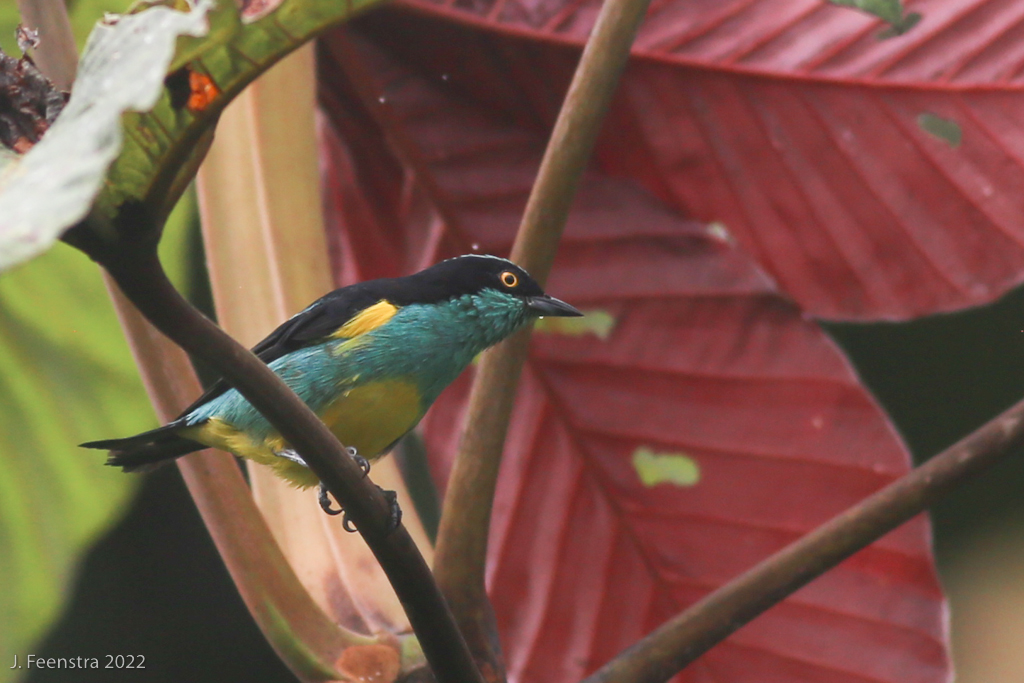
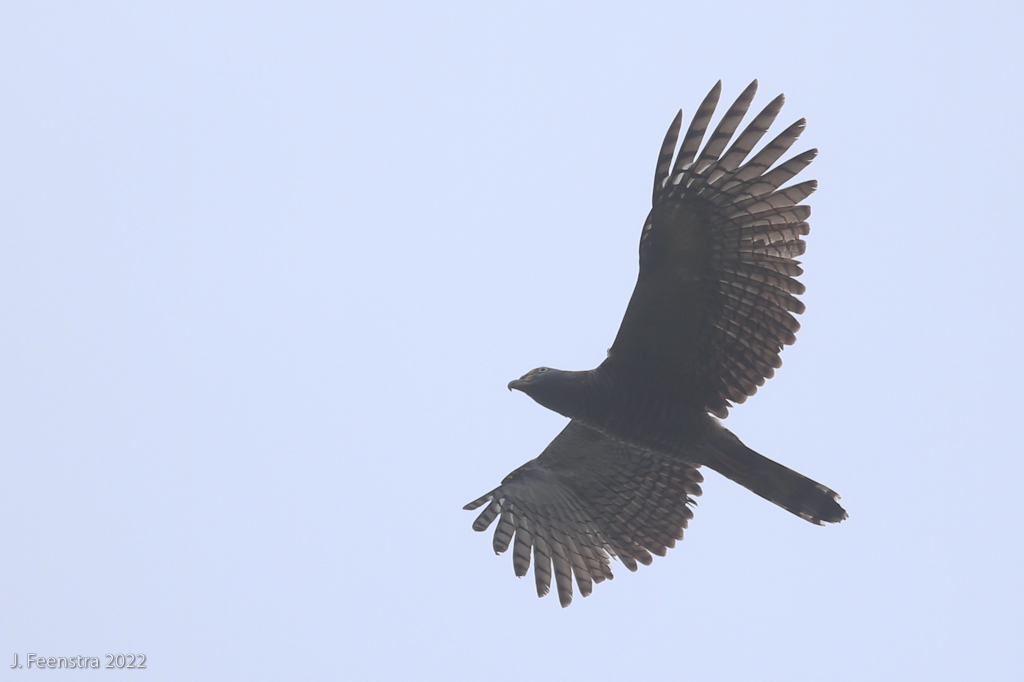
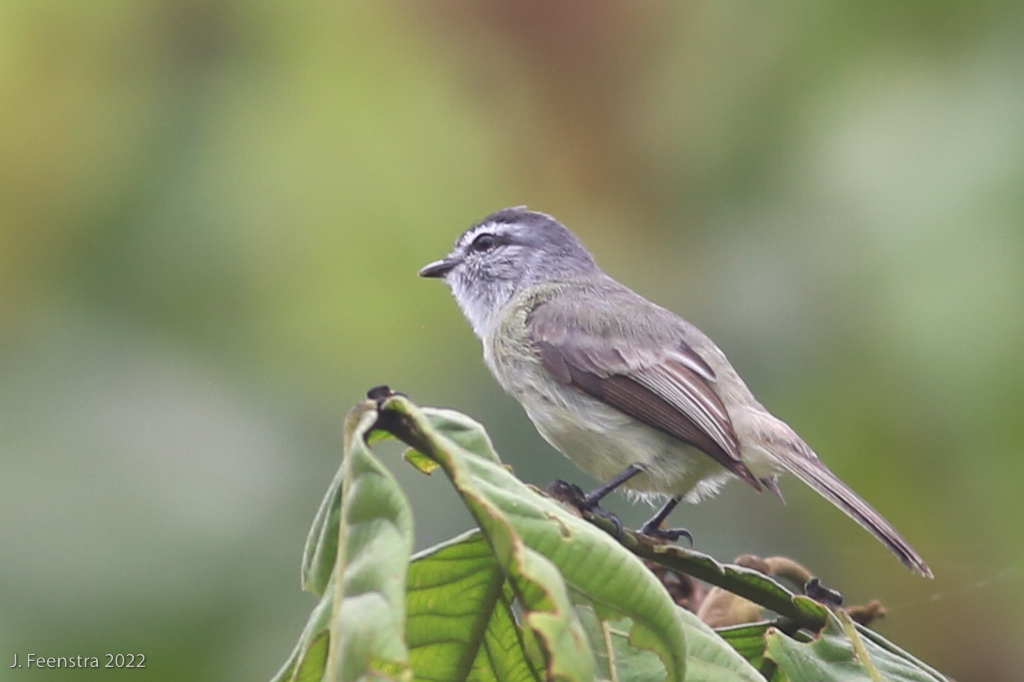
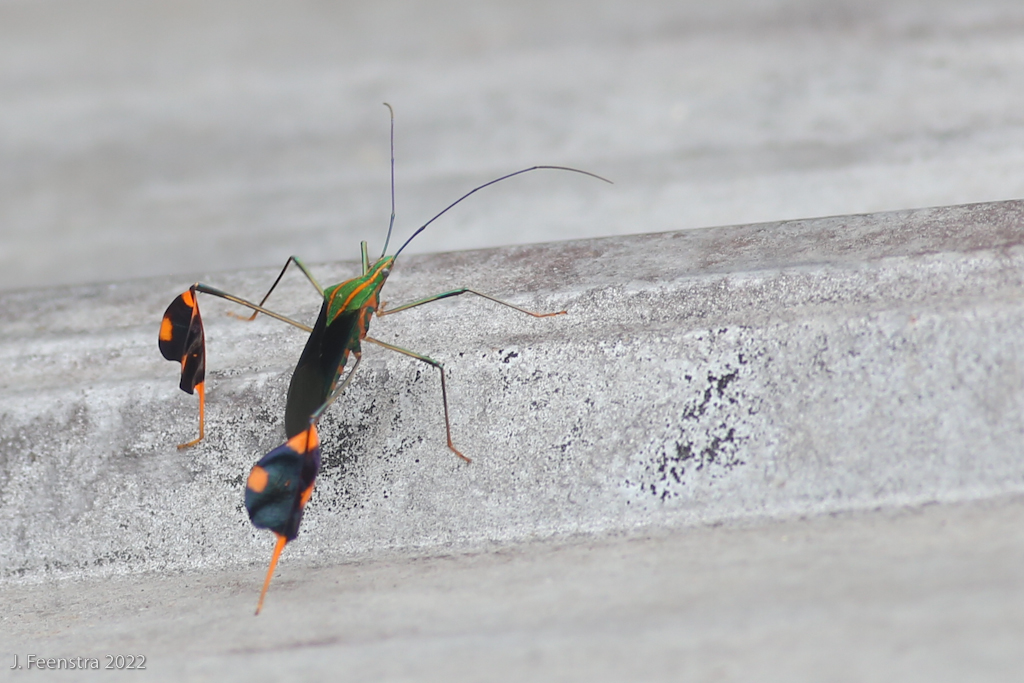
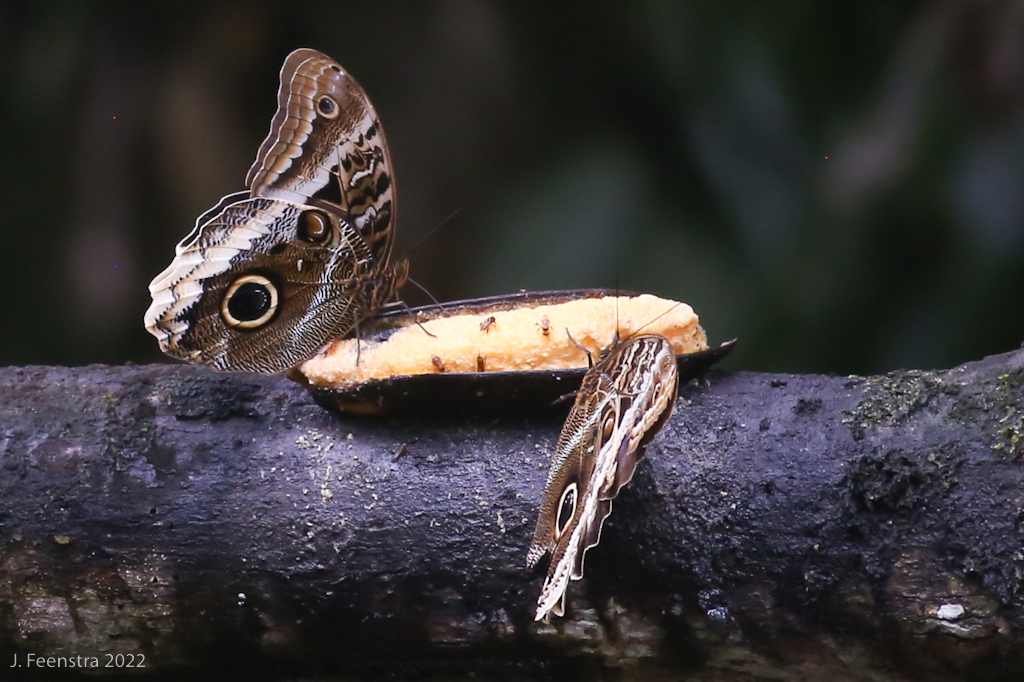
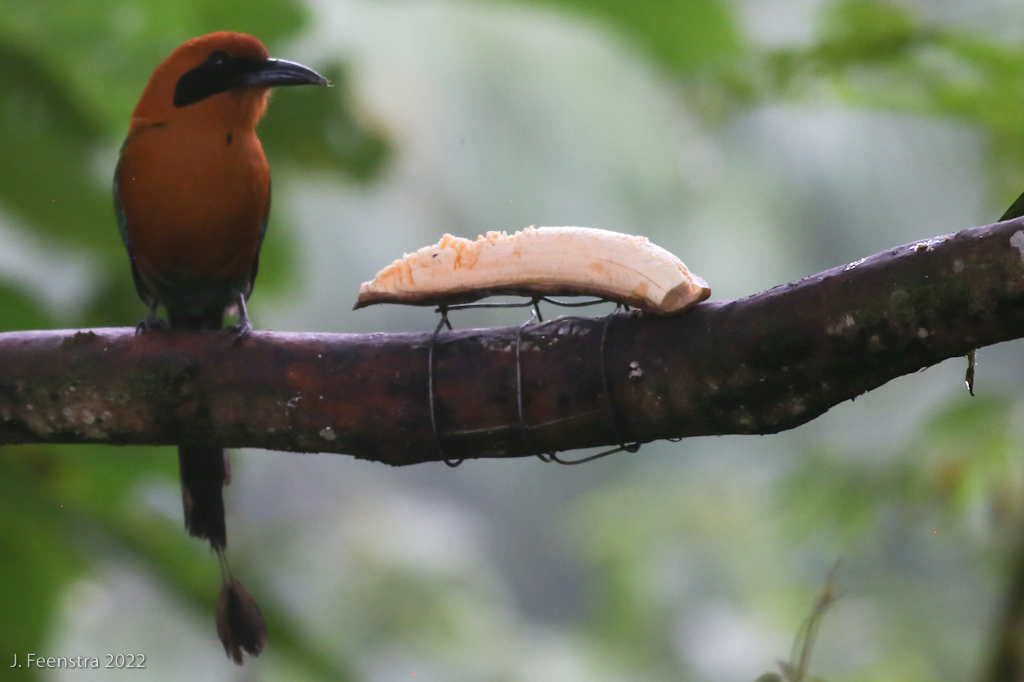
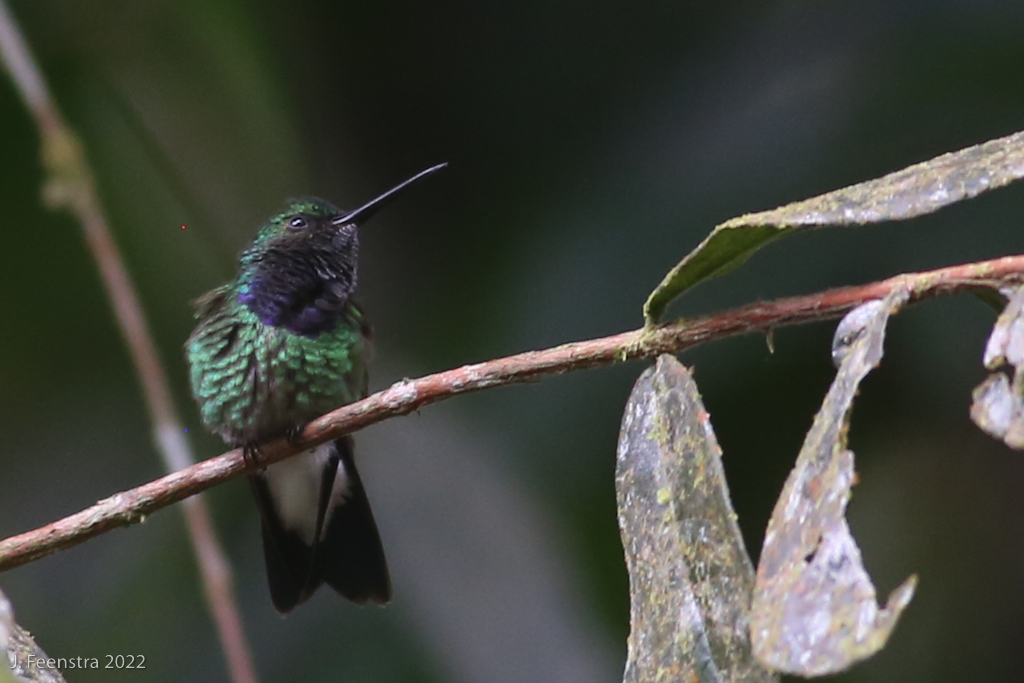
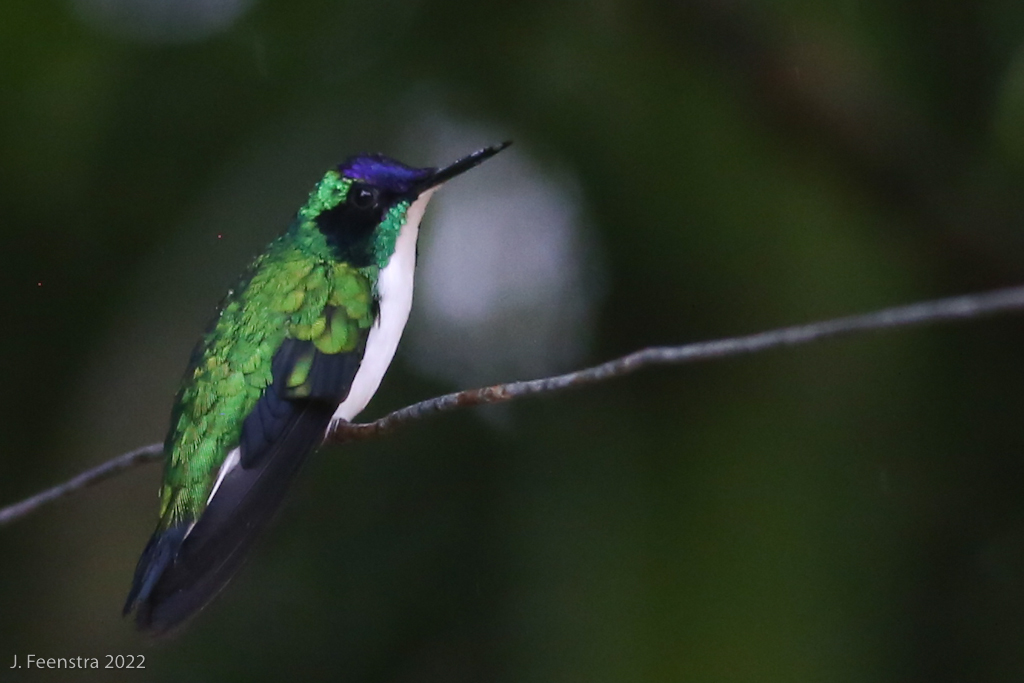
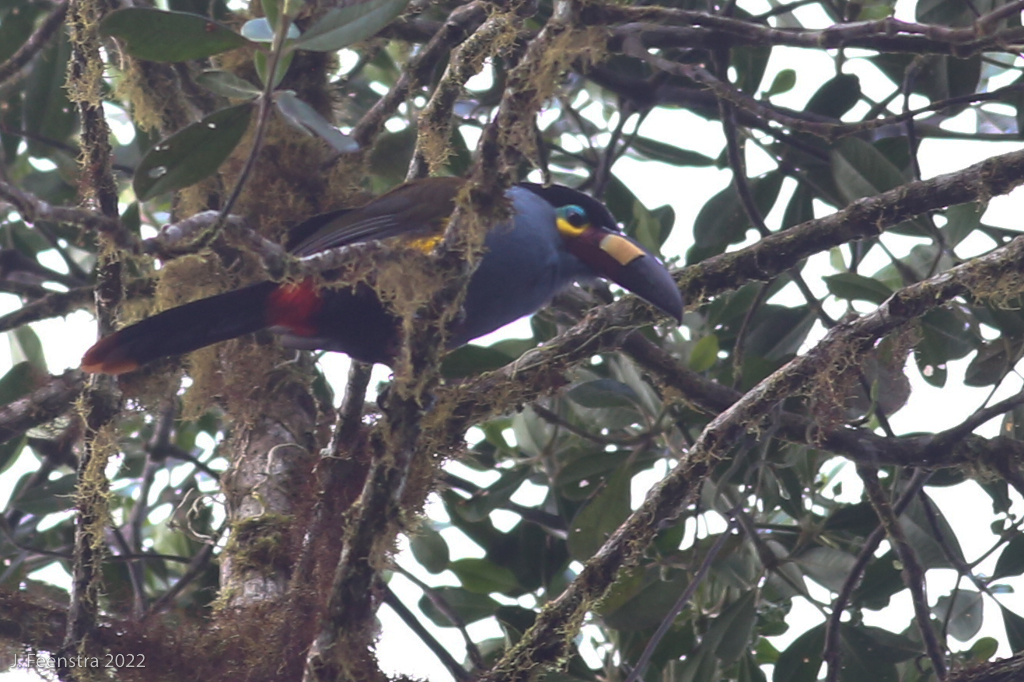

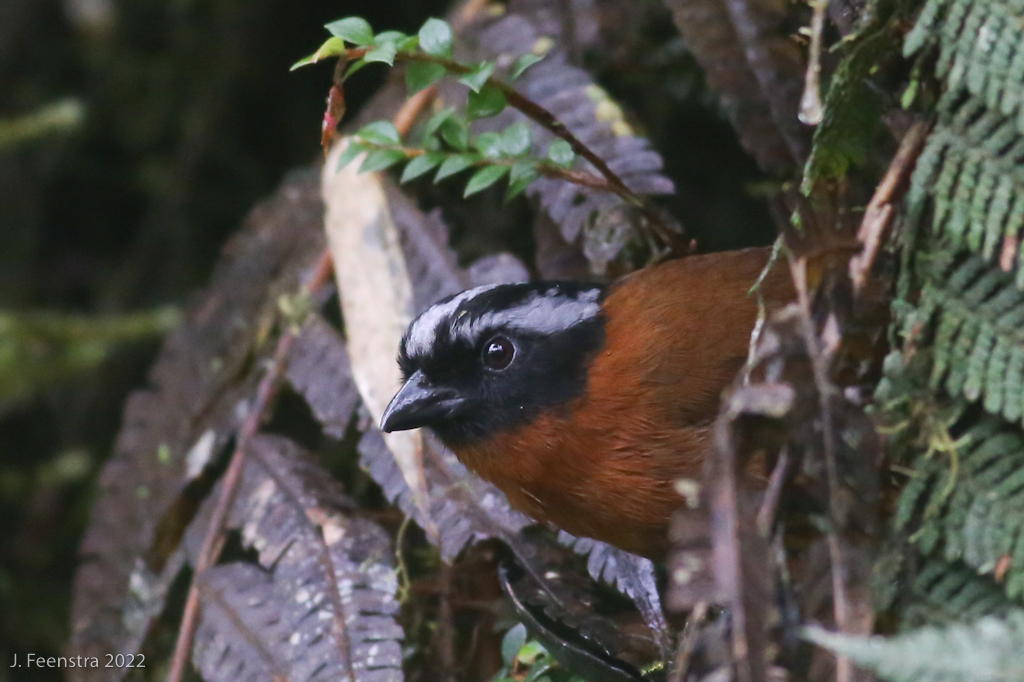
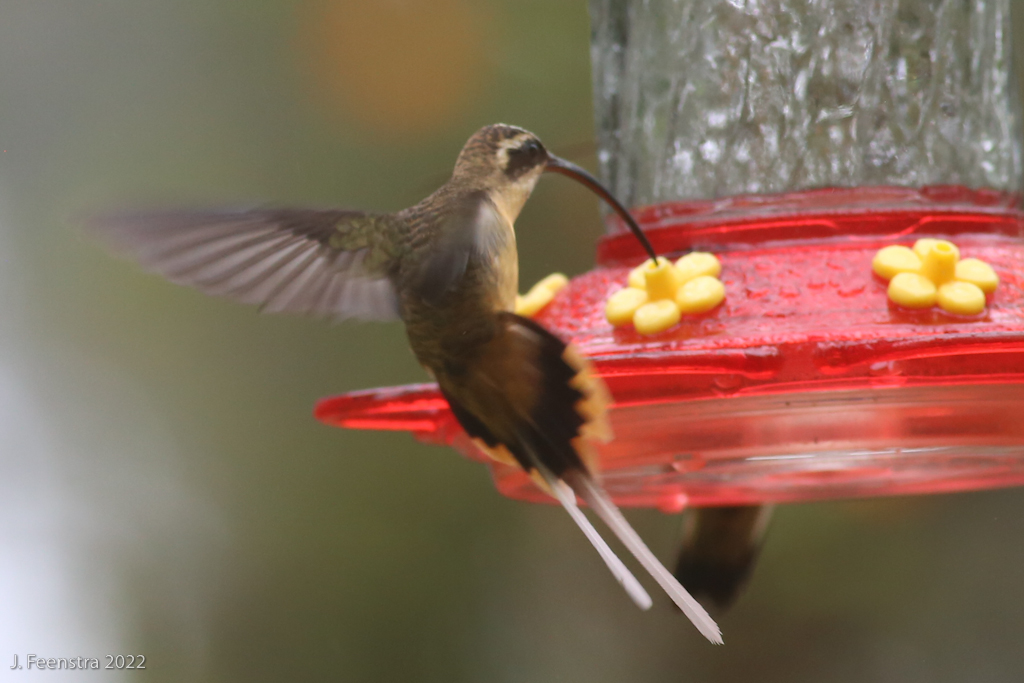
Our previous day was actually Groundhog Day, but this day was the first one where we were sure that we could see our shadow. The clouds had cleared overnight and we had a brilliant blue sky and alpine views from a rarely-traveled road through cloud forest preserve and some patchy farms. With the sun shining, the forest birds were perched up on the treetops catching the rays. Tanagers were basking, a Roadside Hawk had its wings spread in the sun, and it was all just perfect. We chased some canopy birds around, but our most rewarding experiences were of the understory birds that only abnormally show themselves very well. A pair of Streak-headed Antbirds out in the sun were just excellent and were not just behaving un-antbird-like, but were also beautifully colored and patterned not at all like most other antbirds. A little further down the road we found a few of the highly-local, and super pretty, Tanager Finches. The blue skies we had all morning wouldn’t last forever, though, and the fog and drizzle arrived in time for us to take shelter and eat our lunch bouncing from one sheltered feeder area to the next to watch hummingbirds do aerial battle and tanagers stuff themselves with bananas. Yeah, life is hard.
After those days of the tour in which we worked the forest for sneaky forest things, it is a much-appreciated break/surprise/delight to visit the farm of Angel Paz. He and his family, through years of care and hard work, have gained the trust of some of the sneakiest of forest birds. We started in the dark with the screeching antics of an Andean Cock-of-the-rock lek, and then we turned around and watched Angel hand-feed a Dark-backed Wood-Quail that wandered out of the forest. We then walked down the road and looked into the dark woods and a Giant Antpitta was standing there, waiting apparently for some extra worms to be thrown to it and its nearby dependent juvenile. This sort of thing continued for three more antpitta species, and throughout was a back-drop of hummingbirds, tanagers, a Crimson-mantled Woodpecker, and the best breakfast in the Andes. There can’t be trip to Mindo that doesn’t stop here.
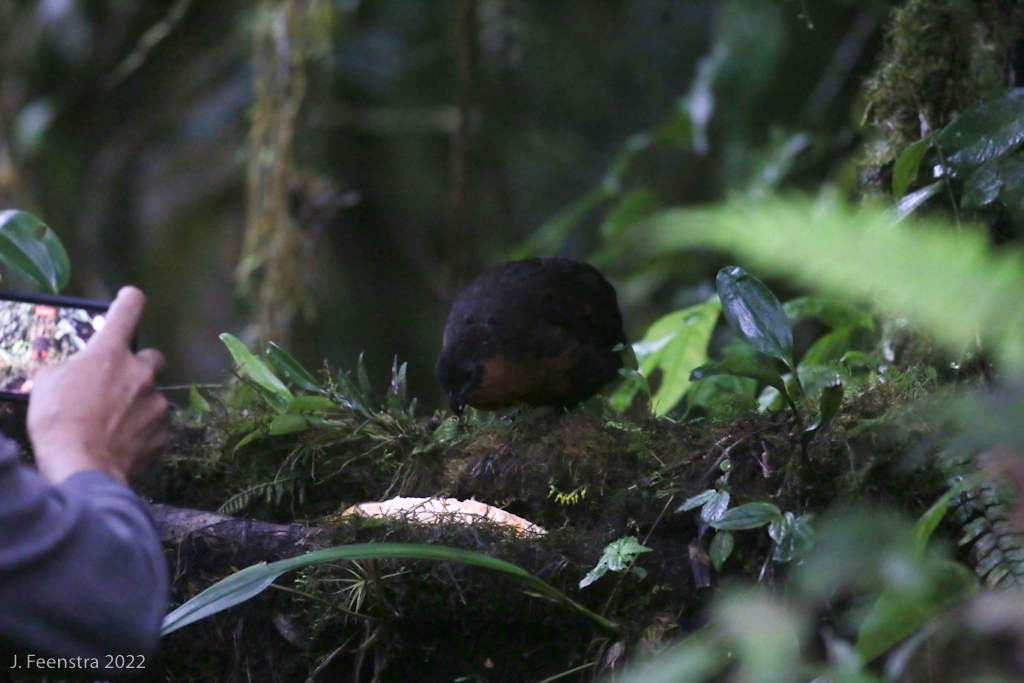
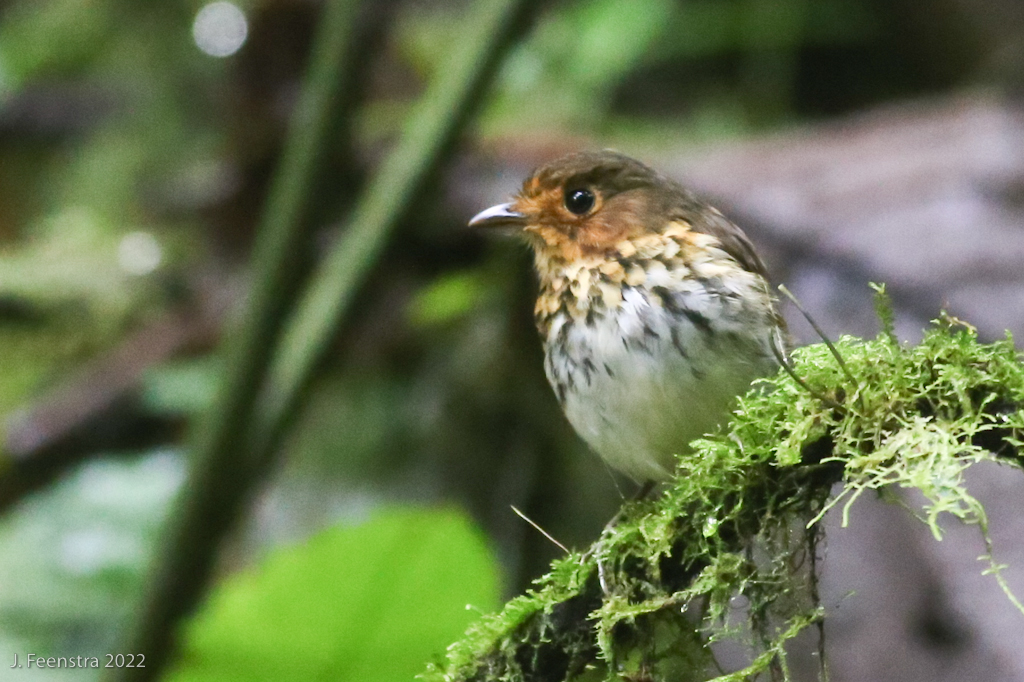
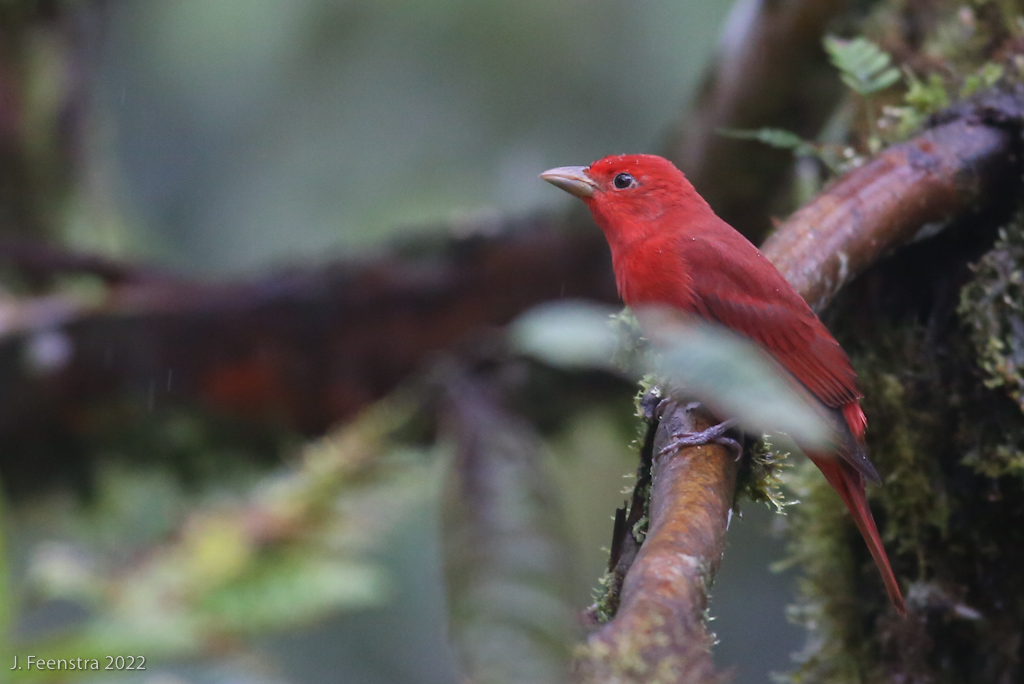
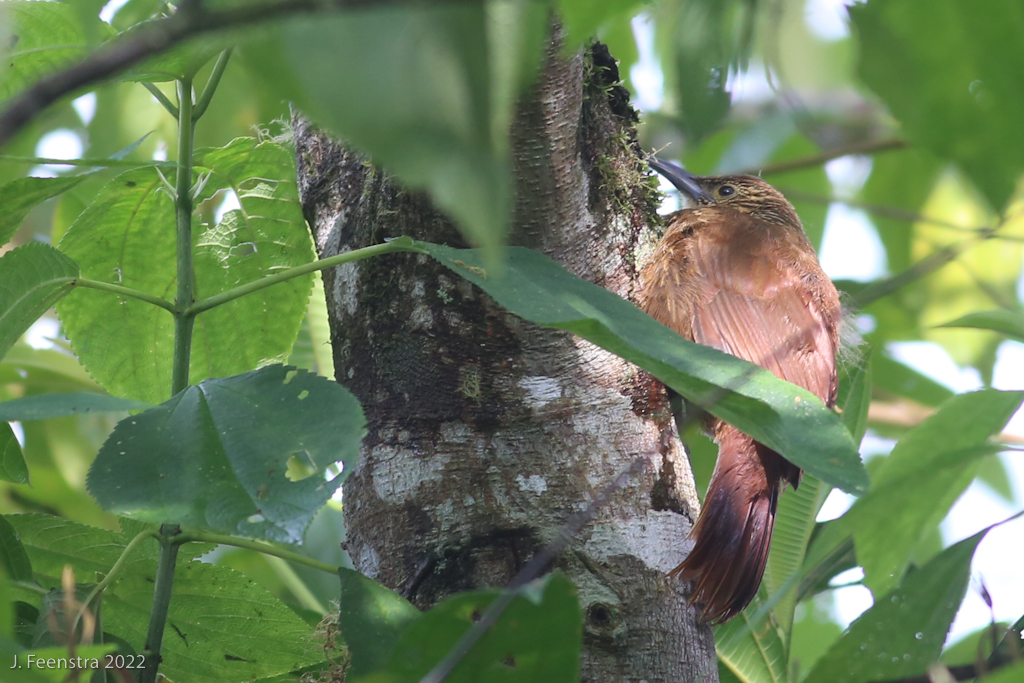
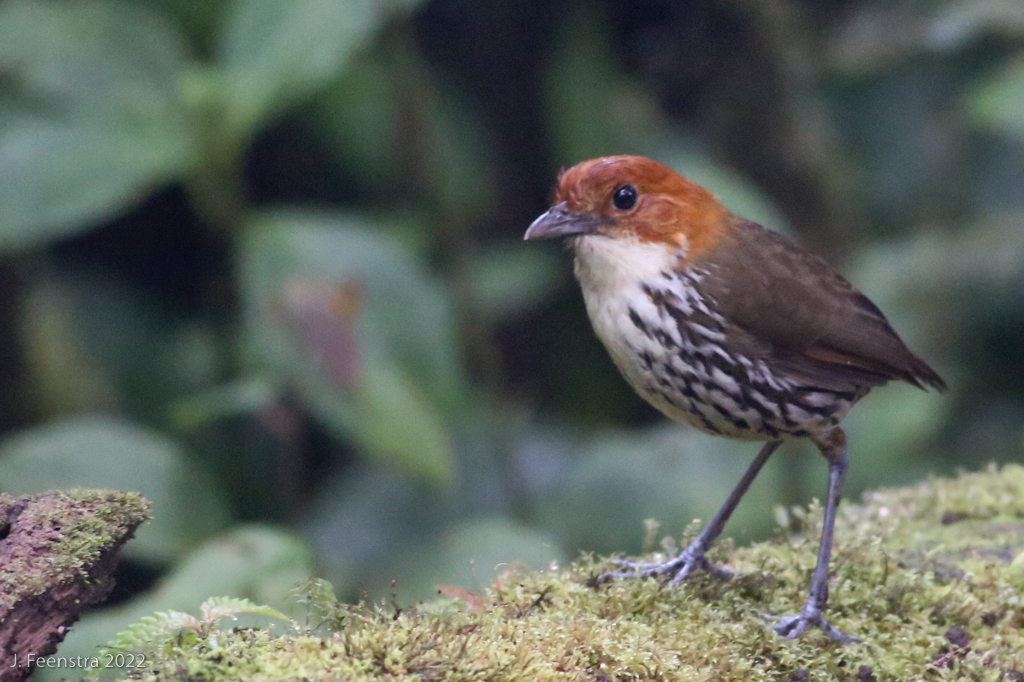
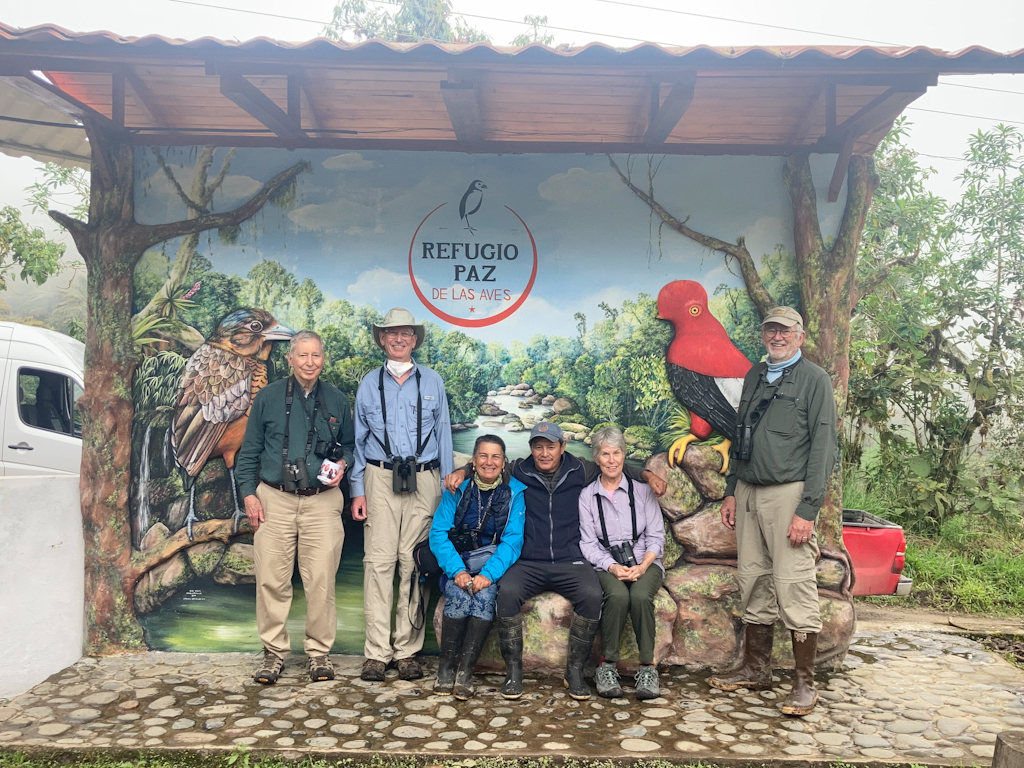
The next day was our last full day, and it exemplified the biodiversity of the area. We didn’t really change elevation, nor did we change habitat. We just went to the next ridge over. We changed watersheds by going north around some mountains 23km away. Most of the birds were the same, but many were new, and the mix and numbers were way different. Some of the most impressive in this new area were Glistening-green Tanager that seems to glow with its own light, Flame-faced Tanager, and the bizarre and wild Toucan Barbet (not a toucan, not a barbet, clearly its own thing). Other species, scarce elsewhere were almost numerous here. We saw multiple Orange-breasted Fruiteaters, Rose-faced Parrots, and Black Solitaires. It was a long drive, but it was worth it, and we stopped for ice cream on the way back to the lodge.
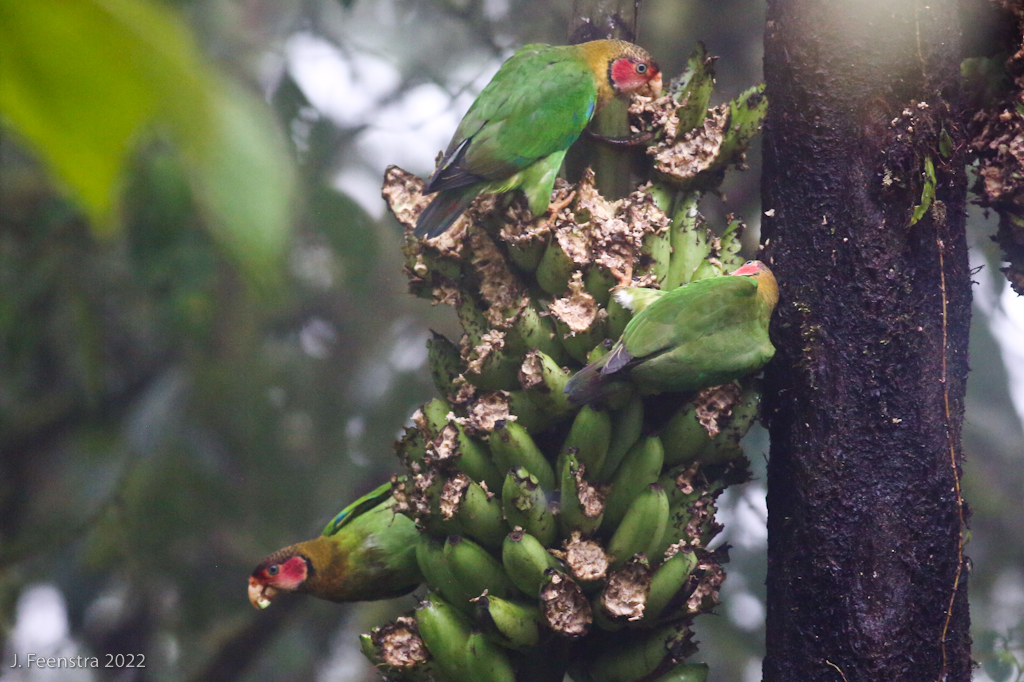
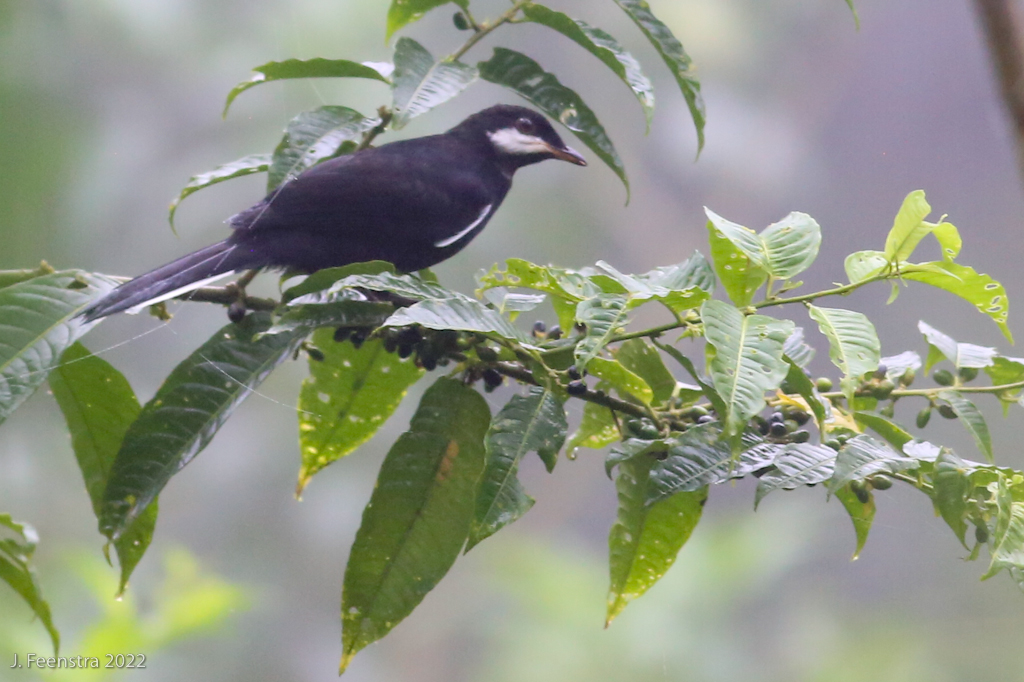

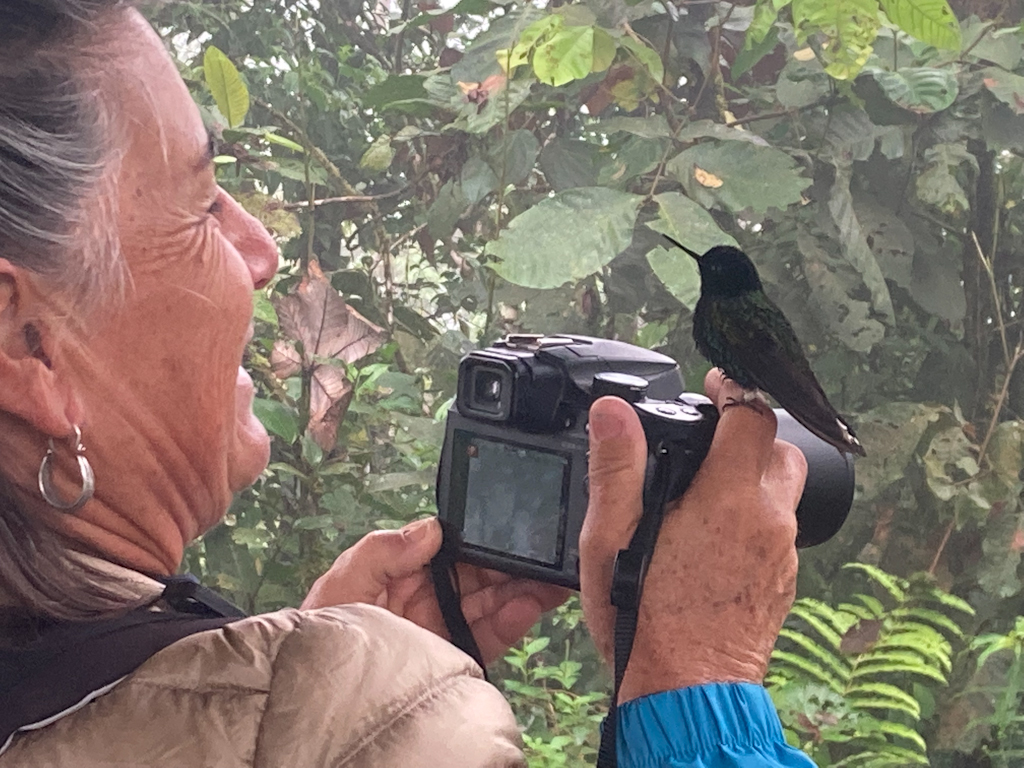
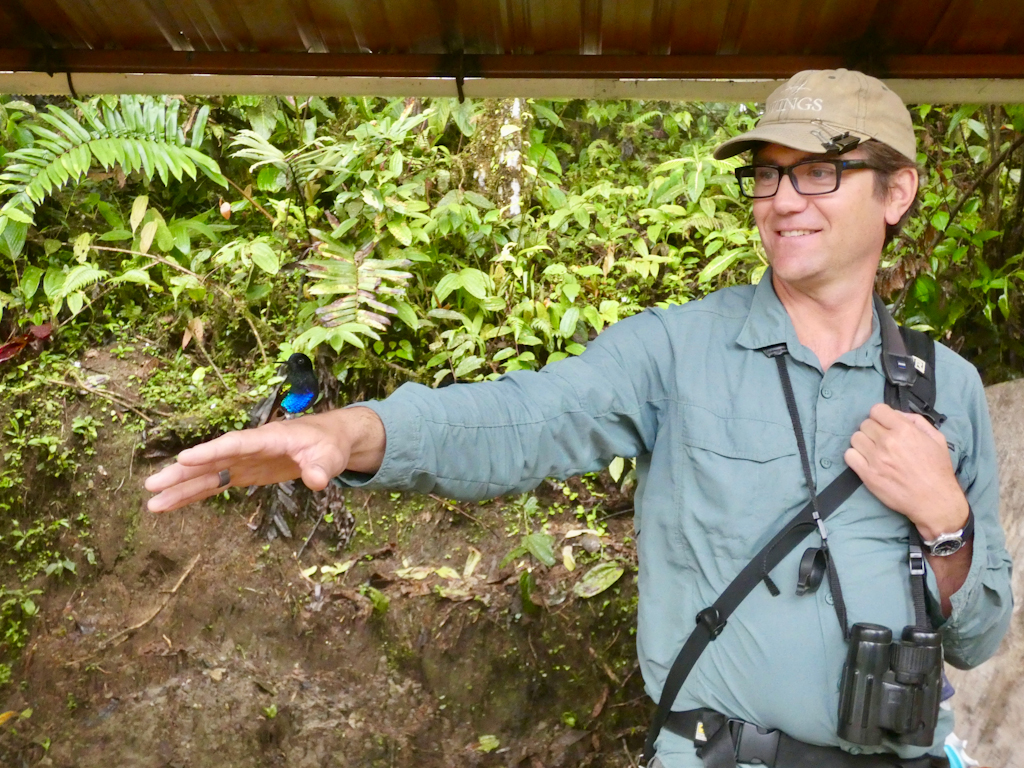
Our last day was part birding and part transit. It rained for most of it, but no worries. It rains a lot here, the birds don’t go anywhere, and there are always plenty of things to do. We simply took shelter and waited for the birds to come to us. Our first spot had a couple of very cooperative Striped Treehunters, a Collared Inca, a Gorgeted Sunangel, and a Masked Trogon. Our next stop, at Pacha Quindi, often a tour favorite, was also birdy and we soaked up the good vibes of some porch sitting while Booted Racket-tails buzzed about and we saw a few more tanagers, including better looks at subtle Metallic-green Tanager (neither metallic or green). Our next rainy day spot was also for lunch and a place we stopped for shelter on our very first day of birding. We had a delicious meal and got our last fill of hummingbirds, tanagers, toucanets, barbets, and a Pallid Dove. After a stop at the old equator monument and a little hike through some thornscrub, we were officially out of the forest and back in civilization with talk and memory of a fabulous week of birds.
